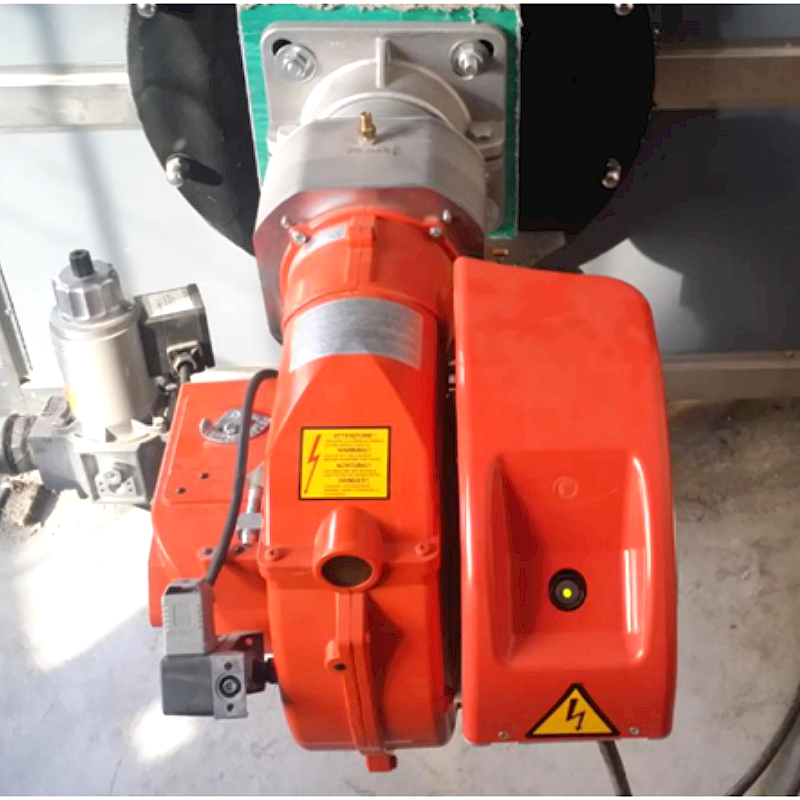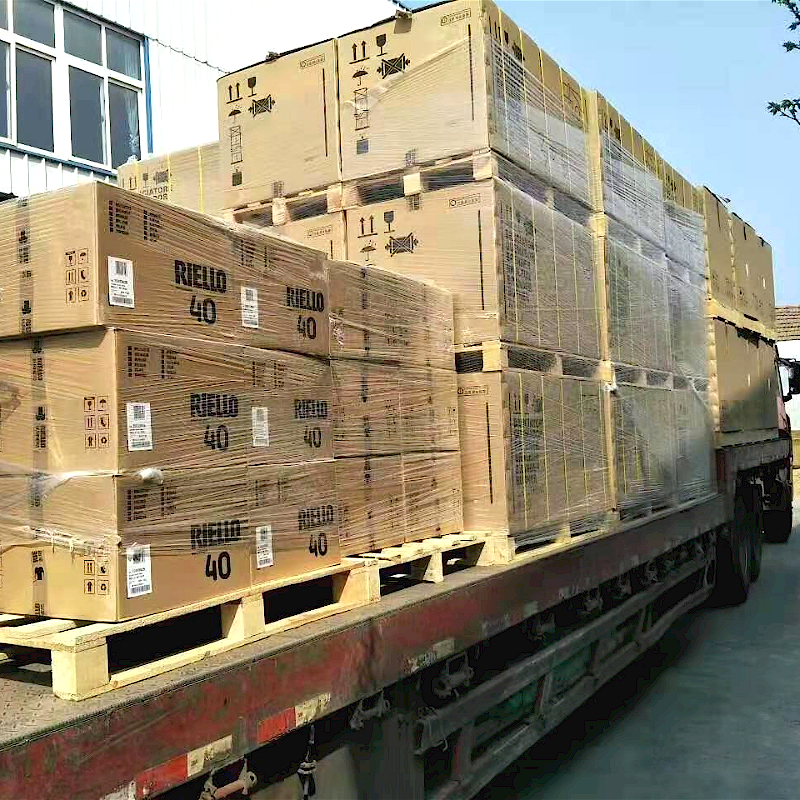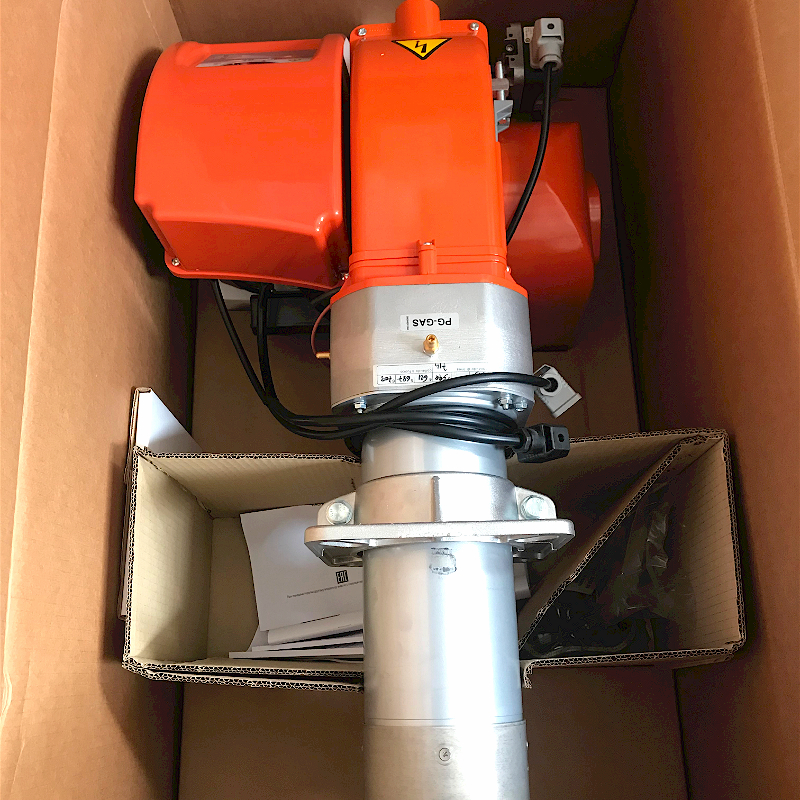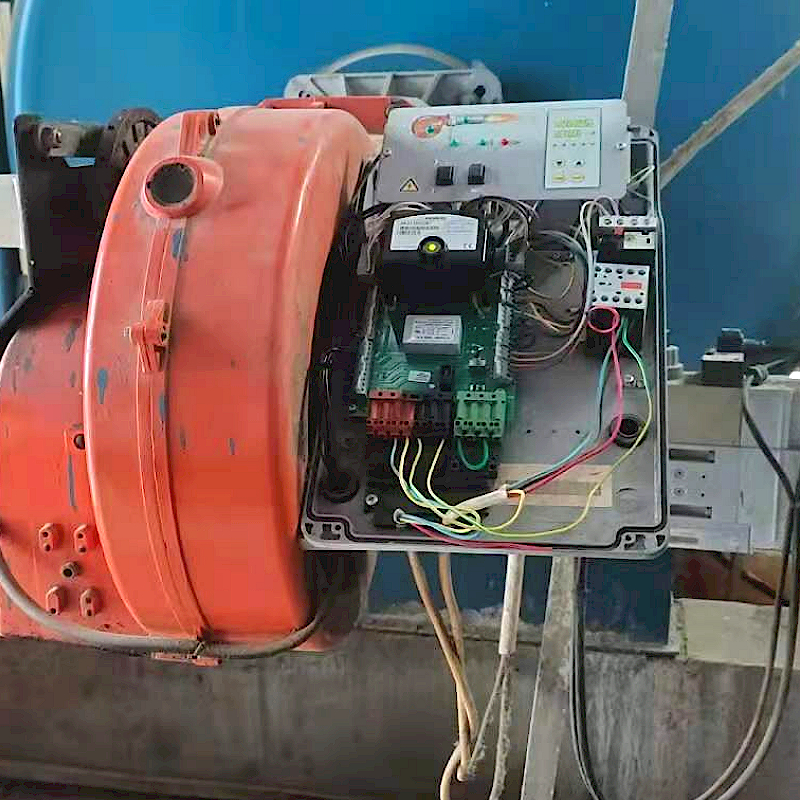Introduction:
Ignition failure in combustion devices can cause significant operational delays and safety concerns. A structured approach to detect the root causes and implement rapid repairs is crucial to restoring functionality and ensuring continued safe operation. This guide provides comprehensive detection methods and quick repair steps for addressing ignition failures in combustion devices.
- Comprehensive Detection Methods for Ignition Failures
1.1 Fuel System Inspection
1.Check for Fuel Supply Issues: Inspect fuel lines, filters, and valves to ensure there are no blockages, leaks, or contamination that could hinder fuel flow.
2.Verify Fuel Quality: Ensure that the fuel matches the required specifications. Contaminated or incorrect fuel quality can lead to ignition problems.
1.2 Air Supply System Check
3.Examine Air Filters and Ducts: Dirty or clogged air filters and obstructed air ducts can reduce airflow, preventing the combustion process from igniting correctly.
4.Check for Fan and Blower Functionality: Ensure that fans and blowers are operational and supplying adequate air pressure for combustion.
1.3 Ignition System Diagnostics
5.Inspect Spark Plugs and Electrodes: Check for worn-out spark plugs, faulty ignition electrodes, or improper electrode alignment, which could cause weak or no sparks during ignition.
6.Test the Ignition Transformer: Verify that the ignition transformer is delivering the required voltage and that the system is generating sufficient spark intensity.
1.4 Control System Analysis
7.Check Control Panel and Sensors: Inspect the burner’s control panel, sensors, and wiring for electrical issues such as loose connections, faulty signals, or system malfunctions that could disrupt the ignition sequence.
8.Test Relay and Control Signals: Ensure that the relay and control signals are correctly sent to the ignition system and fuel valves.
1.5 Mechanical Component Inspection
9.Examine Fuel Injectors and Valves: Check fuel injectors and valves for any blockages, wear, or malfunction. These components must work properly to deliver the correct fuel mixture.
10.Inspect Pumps and Motors: Verify that fuel pumps and other mechanical components are in good working condition, without leaks or signs of damage.
1.6 Environmental Conditions
11.Monitor Ambient Conditions: Ensure that environmental factors such as ambient temperature, humidity, and atmospheric pressure are within the operational limits of the combustion device.
12.Adjust for External Changes: Make necessary adjustments to the burner settings to compensate for environmental changes that could affect ignition, such as pressure variations or temperature fluctuations.
- Rapid Repair Steps for Ignition Failures
Step 1: Immediate Power and Fuel Supply Check
13.Inspect Power Supply: Ensure the device is properly powered. Check for any power interruptions or electrical issues that might affect the ignition system.
14.Verify Fuel Flow: Confirm that the fuel supply is consistent. If the fuel supply is cut off or inadequate, clear the blockage or replace the faulty valve.

Step 2: Ignition System Adjustment
15.Replace or Clean Spark Plugs: If the spark plugs or ignition electrodes are worn or contaminated, replace or clean them. Ensure proper alignment to guarantee optimal spark generation.
16.Test and Replace Faulty Transformers: If the ignition transformer is not supplying enough voltage, replace it immediately to restore the ignition spark.
Step 3: Airflow System Repair
17.Clear Air Filters: Clean or replace any clogged air filters to restore proper airflow. Blocked filters often result in insufficient oxygen supply, leading to ignition failure.
18.Inspect Air Ducts and Fans: Check for any blockages in the air ducts or malfunctioning fans. Clear any obstructions and repair faulty fans to restore adequate airflow.
Step 4: Control System Recalibration
19.Reset and Test Control Signals: Recalibrate the burner’s control system and check for correct operation of relays, sensors, and control signals. Replace any malfunctioning components.
20.Inspect Wiring and Connections: Tighten loose connections and replace any damaged wiring to ensure stable operation of the control system.
Step 5: Mechanical Repair
21.Clean or Replace Fuel Injectors: If fuel injectors are blocked or malfunctioning, clean or replace them to restore the proper fuel-air mixture.
22.Check and Repair Pumps: Verify that fuel pumps are operating correctly. Replace any damaged or worn-out pumps to ensure consistent fuel delivery.
Step 6: Environmental Adjustment
23.Monitor and Adjust for Environmental Changes: If environmental conditions have changed significantly (e.g., temperature or pressure), adjust the burner settings to account for these fluctuations and restore ignition efficiency.
Step 7: Final System Test
24.Perform Functional Testing: After addressing the identified issues, conduct a full system test to verify that the ignition system is functioning correctly. Monitor burner operation to ensure reliable ignition and stable combustion.
Conclusion:
By employing a comprehensive detection method and following rapid repair steps, ignition failures in combustion devices can be quickly diagnosed and resolved. Regular inspection and maintenance of the fuel system, ignition system, airflow system, and control mechanisms are essential to preventing failures. These actions will restore burner operation promptly, ensuring optimal performance and minimizing downtime.







